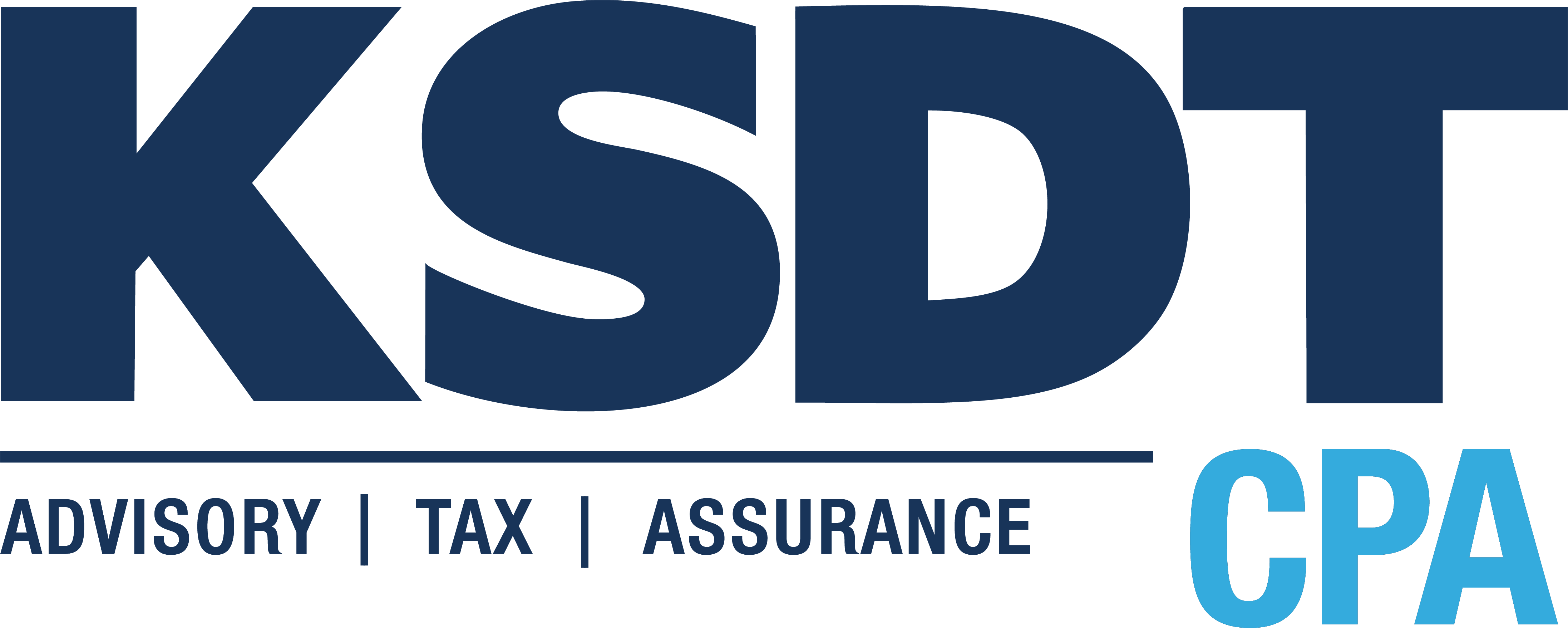As businesses across the country grapple with the economic fallout from the novel coronavirus (COVID-19) pandemic, many must decide whether to downsize their workforces to lower payroll costs and stabilize cash flow. If your company is contemplating such a move, you’ll likely want to consider the choice within the choice: that is, should you lay off workers or furlough them?
Basic difference
The basic difference between the two is simple. Layoffs are the ostensibly permanent termination of employees from their positions, though you can rehire some of these individuals when business improves. Meanwhile, a furlough is a mandatory or voluntary suspension from work without pay for a specified period.
In most states, furloughed workers are still considered employees and, therefore, don’t receive a “final” paycheck. Check with an employment or labor attorney, however, to make sure your state’s furlough laws don’t trigger final pay requirements.
Employee benefits are another issue to explore. Reach out to your health insurance provider to see whether a furlough is a triggering event for COBRA health care coverage purposes. In addition, employees can sometimes be dropped from a group health plan if they don’t work enough hours. Ask about potential problems this might cause under the Affordable Care Act.
Applicable laws
If you’re a midsize business, and layoffs or furloughs begin to look unavoidable, it’s particularly important to coordinate the move with legal counsel. Under the Worker Adjustment and Retraining Notification (WARN) Act, employers with 100 or more employees must provide written notice at least 60 days before a plant closing or mass layoff.
To have a mass layoff, at least 50 workers at a single site must be laid off for more than six months (or have their hours reduced by at least 50% in any six-month period). Because furloughs generally last for less than six months, a WARN notice wouldn’t likely be required. But you should still check with your employment attorney regarding applicable state laws and any other potential legal ramifications.
Unemployment benefits
To soften the blow, you can inform furloughed employees that they’re generally eligible for unemployment benefits — assuming their previous year’s wages are enough to qualify. Although a waiting period often applies before an employee can start receiving unemployment benefits, many states have waived these waiting periods because of the COVID-19 outbreak. Again, double-check with your attorney to fully understand the unemployment insurance rules before communicating with employees.
Formulate a strategy
Unprecedented unemployment numbers show that many businesses have had to downsize. It’s worth noting that, if you can hang on to your employees, recently passed tax relief created a refundable credit against payroll tax. (Rules and limits apply.) Our firm can help you assess your employment costs and formulate a strategy for optimally sizing your workforce.
KSDT Cares
From our KSDT family to yours, we hope that everyone is safe and healthy during this unprecedented time. Our Tax Experts are fully capable of conducting uninterrupted business electronically and via the phone. Please reach out today to schedule time as well as to learn about any additional tax and financial programs that may be available.
If you would like to speak with our tax professionals, please call 305.670.3370 or email SBAhelp@ksdt-cpa.com
© 2020
How Can We Help?
Call or email our team today
KSDT CPA is ready to navigate the process with you. Fill out the form below and our team will contact you shortly.


